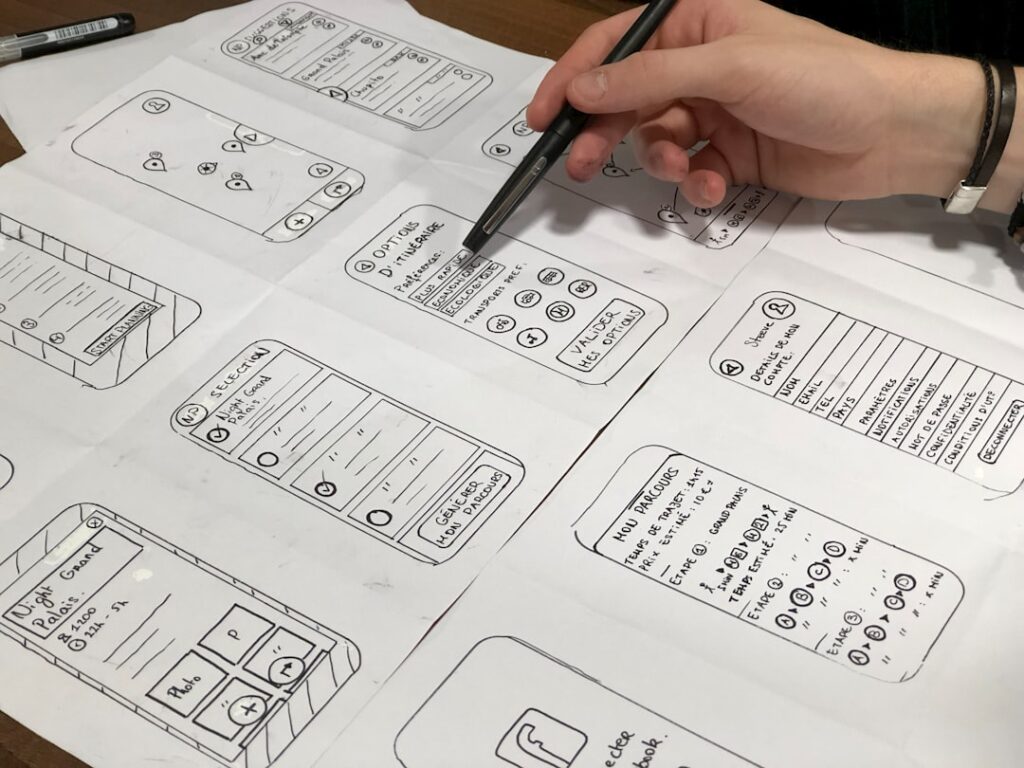Multimedia refers to the integration of various forms of media, such as text, images, audio, and video, into a single platform or presentation. In the context of web design, multimedia plays a crucial role in enhancing the user experience and engaging visitors. It allows web designers to create dynamic and interactive websites that captivate and...
Responsive design is an approach to web design that aims to create websites that provide an optimal viewing experience across a wide range of devices and screen sizes. This means that the layout and content of a website will automatically adjust and adapt to fit the screen it is being viewed on, whether it is...
HTML troubleshooting is an essential skill for web developers and designers. HTML, or Hypertext Markup Language, is the standard language used to create web pages. However, even the most experienced developers can encounter issues with their HTML code. Troubleshooting HTML involves identifying and fixing errors, broken links, layout and display issues, and ensuring cross-browser compatibility....
HTML semantics refers to the use of HTML elements to give meaning and structure to the content on a website. It involves using the appropriate HTML tags and attributes to accurately describe the purpose and context of different elements on a webpage. This is important for search engine optimization (SEO) because search engines rely on...
HTML5 is the latest version of the Hypertext Markup Language, which is the standard language used for creating and structuring web pages. It has become an essential tool for modern web design due to its advanced features and capabilities. HTML5 differs from previous versions of HTML in that it introduces new elements and attributes that...
HTML, or Hypertext Markup Language, is the standard markup language used for creating web pages and applications. It provides the structure and content of a webpage, allowing developers to define the layout, text, images, and other elements that make up a website. HTML is an essential tool for web development, as it allows developers to...
HTML, which stands for Hypertext Markup Language, is the standard markup language used for creating web pages and applications. It provides the structure and layout for the content on a webpage, including text, images, links, and multimedia elements. HTML is the backbone of the internet and is essential for web development. HTML is important in...
HTML Best Practices refer to a set of guidelines and recommendations that developers should follow when writing HTML code. These practices are designed to ensure that the code is clean, efficient, and maintainable. By following these best practices, developers can create websites that are easier to read, understand, and maintain. It is important to follow...
HTML, which stands for HyperText Markup Language, is the standard markup language used for creating web pages. It provides the structure and content of a webpage, allowing developers to define the layout, format, and appearance of the elements on a webpage. HTML is the backbone of web development and is essential for creating websites and...
HTML (Hypertext Markup Language) is the backbone of web development. It is the standard markup language used to create the structure and content of web pages. HTML provides a way to organize and format text, images, links, and other elements on a webpage. Without HTML, the internet as we know it would not exist. HTML...










